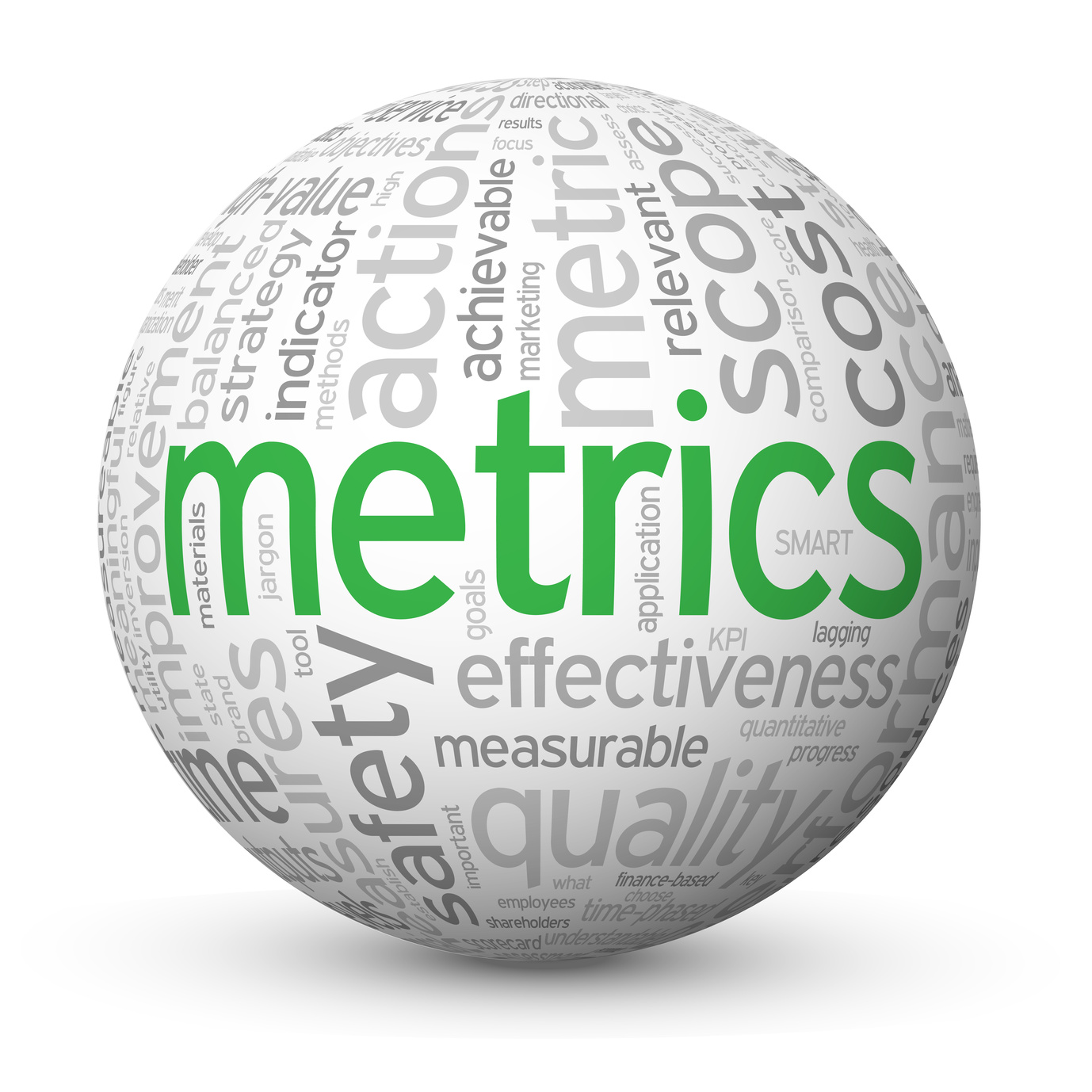In today's interconnected and fast-paced business environment, global companies face unique challenges when it comes to measuring performance and driving success. With operations spanning multiple countries, cultures, and time zones, traditional metrics may fall short in providing a comprehensive view of organizational performance.
To thrive in this complex landscape, global companies must adopt effective organizational metrics that align with their strategic objectives and enable informed decision-making. In this article, we explore the key components of effective organizational metrics for global companies and provide actionable steps to ensure their success.
Understanding Effective Organizational Metrics
Effective organizational metrics go beyond simple indicators of financial performance. They provide insights into various aspects of the business, including operational efficiency, customer satisfaction, employee engagement, and market competitiveness. For global companies, these metrics must also consider the diverse nature of operations and the unique challenges they face in different regions.
Action Steps for Ensuring Effective Metrics
- Define Clear Objectives and Key Performance Indicators (KPIs):
The first step in implementing effective organizational metrics is to define clear objectives aligned with the company's strategic goals. Once objectives are established, identify key performance indicators (KPIs) that will measure progress towards these objectives. These KPIs should be specific, measurable, achievable, relevant, and time-bound (SMART), and tailored to the unique needs of each region or business unit.
2. Standardize Data Collection and Reporting Processes
Standardizing data collection and reporting processes is essential for ensuring consistency and accuracy in metrics measurement. Implement robust systems and procedures for collecting relevant data from across the organization, ensuring that data is accurate, timely, and accessible to decision-makers. Additionally, establish clear guidelines for reporting metrics, including frequency, format, and distribution channels.
3. Utilize Technology and Analytics Tools
Leverage technology and analytics tools to streamline the process of gathering, analyzing, and reporting organizational metrics. Implement enterprise resource planning (ERP) systems, business intelligence (BI) tools, and data visualization platforms to automate data collection, conduct in-depth analysis, and present insights in a visually compelling manner. These tools enable decision-makers to quickly identify trends, pinpoint areas for improvement, and make data-driven decisions.
4. Promote Cross-Functional Collaboration
Foster a culture of collaboration and accountability across different functions and regions within the organization. Encourage cross-functional teams to collaborate on defining metrics, interpreting data, and developing action plans to address performance gaps. By involving stakeholders from various departments and regions, companies can ensure that metrics are relevant, meaningful, and actionable at all levels of the organization.
5. Continuously Monitor and Adapt Metrics
Organizational metrics should not be static but evolve in response to changing business dynamics and market conditions. Establish a process for regularly monitoring and reviewing metrics performance, identifying trends, and adjusting as needed. This includes conducting periodic reviews of KPIs, soliciting feedback from stakeholders, and incorporating lessons learned from successes and failures into future metric definitions and measurement practices.
Wrapping it up
Effective organizational metrics are crucial for the success of global companies operating in today's dynamic business environment. These actionable steps empower organizations to align their operations with strategic goals, optimize performance across diverse regions, and stay ahead of the competition. With a robust framework for measuring success in place, global companies can navigate the complexities of the global market with confidence, agility, and resilience, ensuring sustained growth and prosperity in the long run.
Latest posts by Tresha Moreland (see all)
- Recession 2008 Versus 2024: Lessons Learned and Key Workforce Differences - April 24, 2024
- Why Layoffs Fall Short: Embracing a Holistic Approach to Cost Savings - April 21, 2024
- Find Your Anchor In A Sea Of Fear - April 18, 2024













